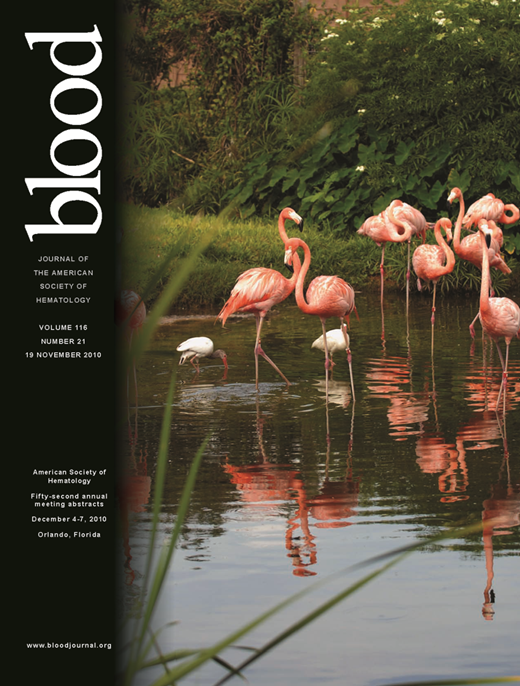Abstract
Abstract 5131
Argatroban represents a parentral antithrombin agent which is used in the management of anticoagulation in heparin compromised patients. Its main mechanism of action is mediated via inhibition of thrombin and its generation. While its effect on platelet activation inhibition by thrombin have been reported, very little information on the effects of this drug on thromboxane formation and Arachidonic Acid mediated activation of platelets is available. Argatroban and its generic versions namely Slovastan, Argaron and Gartban, may modulate Arachidonic Acid mediated platelet aggregation and release processes. To test this hypothesis a branded version of Argatroban (Mitsubishi – Tanade, Tokyo, Japan) and three generic versions of Argatroban namely Slovastan, Gartban, and Slovastan were compared for their effects on Arachidonic Acid mediated aggregation of platelets in normal healthy male and female volunteers (and n = 4). Other agonists such as Epinephrine, Collagen, and ADP were also used. The effect of Arachidonic Acid on serotonin release was also measured using an Elisa technique for the measurement of serotonin. All of the generic and branded versions of Argatroban produce varying levels of the inhibition of the Arachidonic Acid mediated aggregation of platelets, ranging from the 24 to 36 percent in comparison to the control at a concentration of 1 mg/ mL (p value < 0.05). Interestingly all of the Argatrobans produced a relatively weaker inhibition of the Arachidonic Acid mediated aggregation of platelets 24–26 percent inhibition versus 36 percent at the final concentration of 1 mg/mL. No differences were noted in the aggregation profile of ADP, Collagen, and Epinephrine between the control and the Argatrboban at a final concentration of 1 mg /mL. No differences were noted between the generic and branded Argatroban on all of the other agonists induced aggregation. In the serotonin release assays, all of the generic and branded Argatroban produced a concentration dependent inhibition of serotonin release which was stronger with the branded version of Argatroban. These results indicate that besides the inhibition of thrombin Argatroban is capable of inhibiting platelet activation via other mechanisms. Moreover, the generic versions of Argatroban exhibit a weaker inhibition of Arachidonic Acid mediated platelet aggregation and release. These studies suggest that beside thrombin mediated aggregation Argatroban and its generic versions can modulate platelet activation and release reactions. Furthermore a difference is observed between the generic and branded product which may impact the safety inefficacy profile in these agents. Argatroban is used commonly in the management of patients with heparin induced thrombocytopenia where multiple mechanisms of platelet activation are contributory to the pathogenesis of this syndrome. Modulation of thrombanxane formation and platelet release mechanism by Argatroban may represent an additional mechanism of the clinical effects of this parentral antithrombin agent.
No relevant conflicts of interest to declare.
Author notes
Asterisk with author names denotes non-ASH members.

